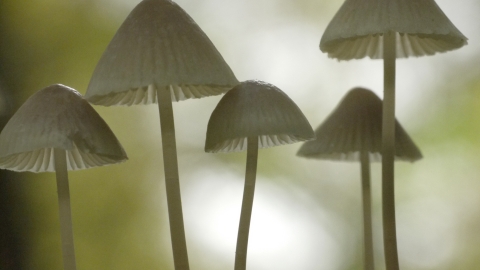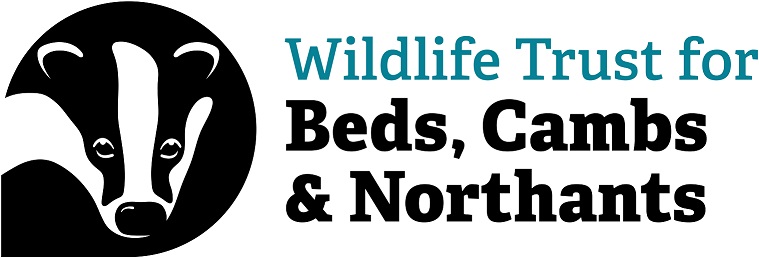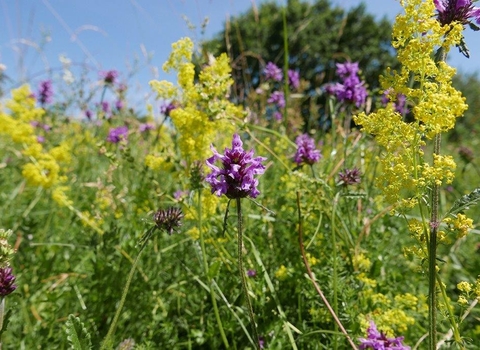Dogs are not permitted on this reserve, in order to protect sensitive wildlife.

Begwary Brook - Andrew Green
Pat Doody
Image by Pat Doody
Image by Pat Doody
Begwary Brook
Know before you go
Dogs
Dogs are not permitted on this reserve, in order to protect sensitive wildlife.
When to visit
Opening times
Open at all timesBest time to visit
April to May, June to SeptemberAbout the reserve
From swans floating majestically across the water, to tall vegetation swaying gently in the breeze, Begwary Brook offers a range of interest to wildlife lovers at any time of year. Riverside marshes such as this are rare due to large-scale drainage that has taken place over recent years. The area was once a large marsh fed by the River Ouse, but in the 1960s gravel extraction created a small lake and a series of pools in the small area of marsh which survives today.
Willow trees fringe the water’s edge. Great burnet, an indicator of old pasture, survives here together with common fleabane and marsh woundwort, inviting insects to feed on their nectar. Warblers sing from the dense growth in spring and foxes are easily disturbed from their daytime resting places at any time of the year. In summer, dragonflies and damselflies hawk over the marsh, looking for an easy meal.
Management of the reserve is limited; we keep paths clear and remove invasive Himalayan balsam.
Additional information
- Scroll down to see the reserve boundary. Please note the boundary map is for indication purposes only and does not show the Wildlife Trusts definitive land boundary.
FOR ANY MEDIA ENQUIRIES PLEASE CONTACT OUR COMMUNICATIONS TEAM: communicationsteam@wildlifebcn.org or 01954 713500 and ask for comms team.

